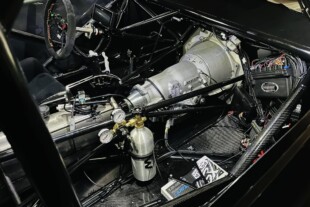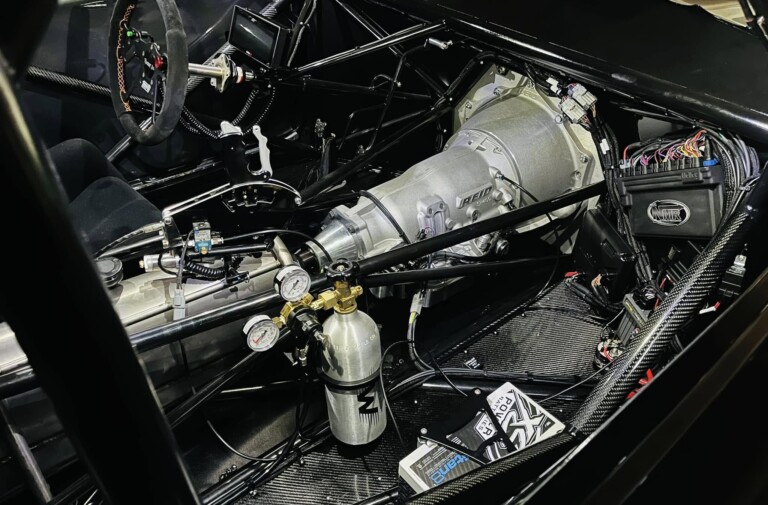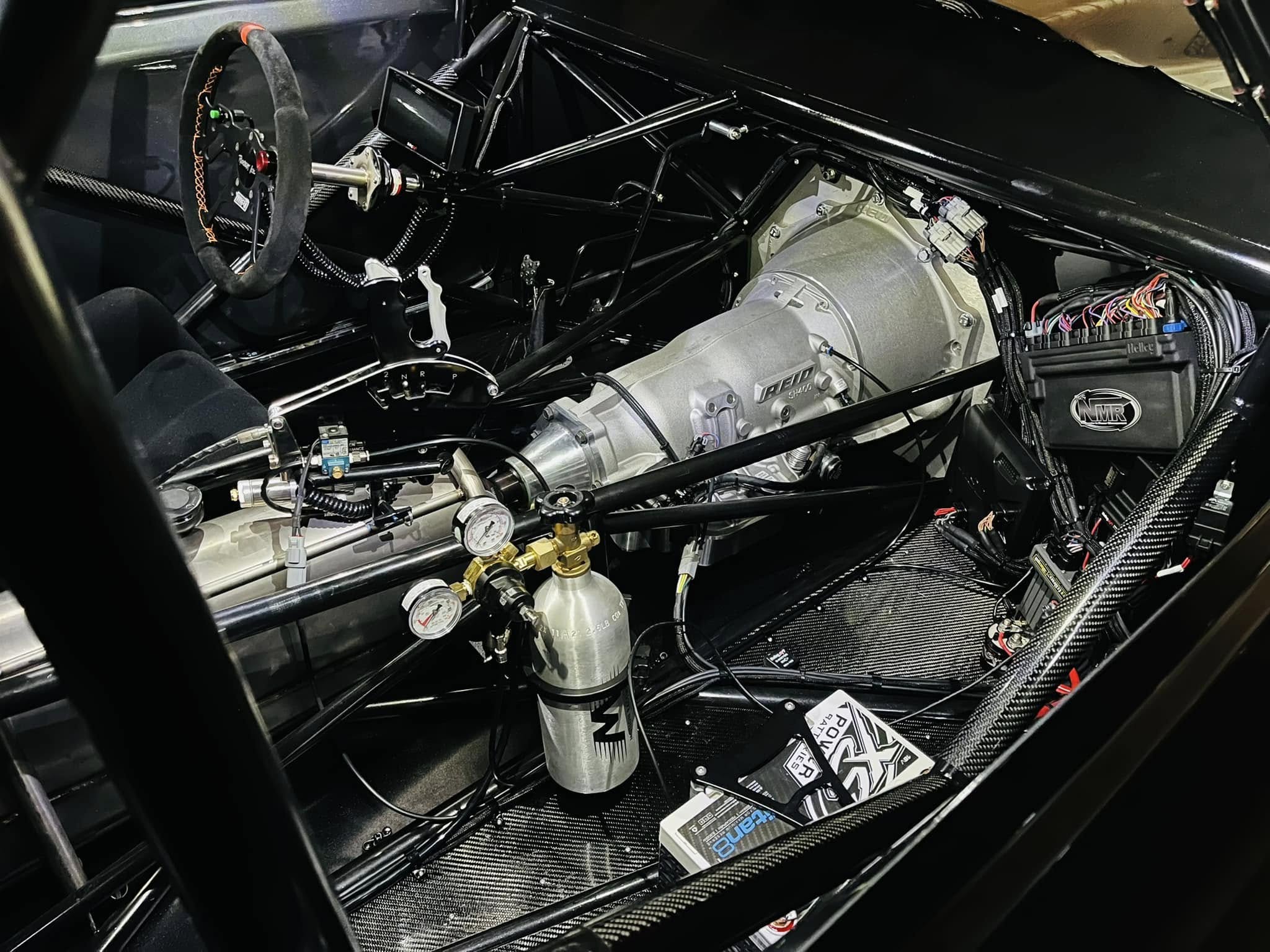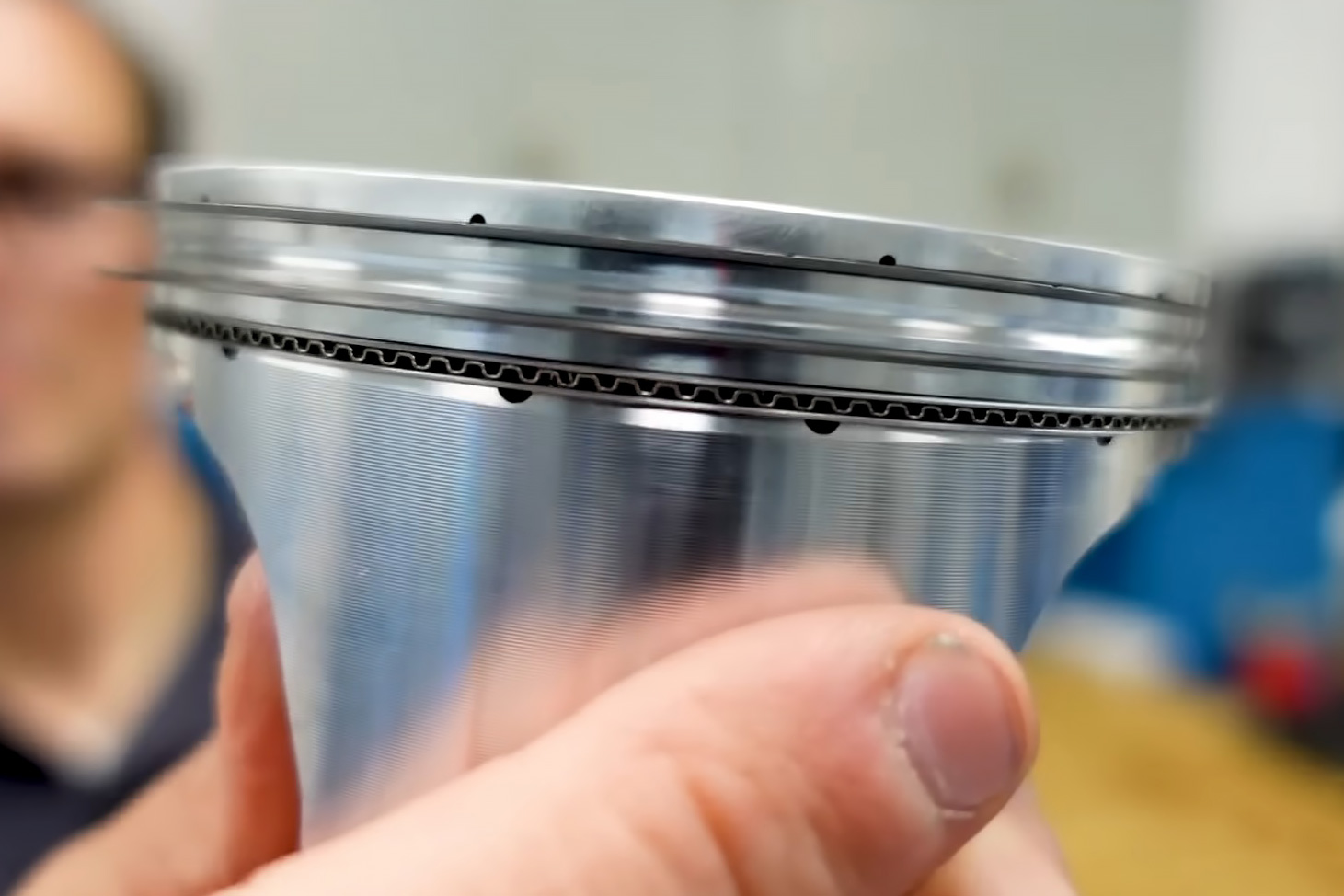Lamborghini is a name that is synonymous with exotic supercars. It’s also a name that up until recently has been synonymous with high-RPM naturally-aspirated engines, that make a very unique sound when you mat the accelerator. However, with an all-new model replacing the Huracán in the Lamborghini lineup, the Italian carmaker decided it was time for not just an all-new powerplant, but one that is radically different from what is typically found in their supercar.
Designed specifically for the new Temerario supercar (unlike the shared Volkswagen Group V10 powering the outgoing Huracán it’s replacing), not only did the engineering team from Sant’Agata Bolognese add a pair of turbochargers to the all-new V8 engine, but they also hybridized it as well. Starting from scratch the design goals were simple: engine performance fitting of a supercar, along with a pleasant all-around driving experience.

As you can see, the mirror-image turbochargers are nestled between the valley in a “Hot-V” configuration. The exhaust feeds directly into the turbochargers, while the intake ports are located on the outside of the cylinder heads, where you would typically expect to find a V8’s exhaust ports.
The twin-turbo V8 achieves that with a linear power curve with a maximum output of 789 horsepower peaking at 9,000 rpm and carrying out to the 10,000-rpm rev limit. With a displacement of only 4.0 liters, the engine makes 197 horsepower per liter, which is a number not often seen in a street car. Peak torque of 538 lb-ft is carried from 4,000 rpm to 7,000 rpm for an incredible powerband.
The flat-plane crankshaft was chosen not only for its performance characteristics, but also for its unique sound. Hanging off of that crankshaft, and continuing the exotic nature of the engine are titanium connecting rods, chosen for the unique combination of strength and weight. While in a competition environment, a high-RPM turbo V8 would likely have aluminum rods, for an actual road car, those just wouldn’t be the right call.

Besides a flat-plane crankshaft and titanium connecting rods, this clean-sheet Lamborghini engine has an all-new finger-follower design, allowing for absolute valvetrain stability up to the 10,000-rpm rev limit.
In order to live at 10,000 rpm, the dual overhead camshaft valvetrain has been specially designed to not only be as lightweight and durable as possible, but also to be as stiff as possible. Using a bespoke finger-follower design that draws on the company’s motorsport experience, they are able to achieve both valvetrain stability and road car longevity with a 10,000-rpm rev limit.
A 5,000psi direct injection system provides fuel for the beast, while the turbos are located in the engine valley in a hot-V design for both thermal efficiency and to keep a compact form factor, and provide 36 pounds of boost. A dry-sump oiling system is utilized not only to keep the engine oil properly flowing at 10,000 rpm, but also to do so under high lateral g-forces. As if all that wasn’t enough, there is also a 110-kilowatt axial-flux electric motor shoved between the engine and transmission.
While this new twin-turbo V8 hybrid engine is an incredible departure from the norm for Lamborghini, they have put a lot of time and effort into maintaining the soul of a Lamborghini engine — a quick-revving engine with a smooth powerband that sings you a symphony as you wind it out. This engine is truly an impressive piece of engineering, especially in today’s increasingly electric world. And it also stands as proof that the word “hybrid” doesn’t have to mean “boring.”

If 789 horsepower, 36 pounds of boost, and 10,000 rpm weren’t enough for you, that thing that looks like a clutch with cables coming out of it is a 110-kilowatt electric motor.


















